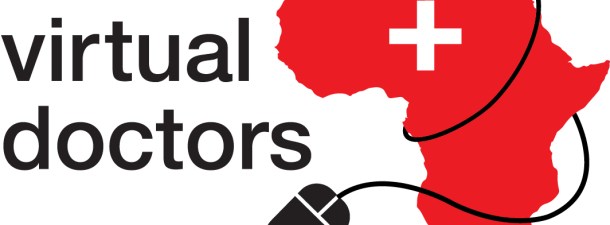Mobile medicine doesn’t have to be in tablet form
A new charity, Virtual Doctors, exemplifies how a simple invention can have immense impact. It was set up by Huw Jones who, as safari guide in Zambia, was deeply affected when a pregnant woman bled to death while he was driving her to hospital. Earlier medical intervention might have saved her life.
So Jones devised the concept of Virtual Doctors, in which a pool of volunteer doctors, nurses and medical experts make themselves available to give remote advice through the medium of mobile video. The doctor might be several continents away, but patients in the remotest parts of Zambia now have access to a surgery.
Jones’ next job was to canvass medical professionals in Africa and Europe and recruit those who were willing to volunteer for this telemedicine initiative. Health workers usually send electronic patient files to the volunteer doctors for diagnosis and treatment advice. When Zambian health officer Kennedy Mulenga sought a second opinion about a patient with a growth on the base of his spine, the remote doctor’s intervention was a potential life-saver.
Mulenga was considering whether to drain the abscess himself, an action that could have paralysed his patient. Luckily, the virtual doctor warned him against this and advised him to wait, agonising and frustrating though this must be, because specialist surgery was required. The intervention worked as the patient had the surgery and recovered.
From small beginnings in 2008, the service is now available in 20 rural health centres and two district hospitals in Zambia, with each clinic serving between 12,000 and 17,000 patients. Expansion into new districts and countries in Africa is next on the agenda.
Tanzania’s Ambulance Taxi had a similar incident behind its creation to that of Virtual Doctors, with 30-year-old Rehema Sanane experiencing sudden bleeding as she was due to give birth. Amazingly, despite being forced to walk a kilometre to the nearest health centre, she survived this ante-partum haemorrhaging and delivered a healthy baby boy.
Her district, Sengerema and Shinyanga is the size of Belgium but has just 10 ambulances for over two million people.
Small wonder it has some of the world’s highest infant mortality rates. The response, launched by Pathfinder International, Touch Foundation and USAID is a sort of Uber for Ambulances. The system comprises an emergency phone line that connects a network of 100 taxi drivers who can respond to emergency calls and carry women on what is often a three-hour journey to reach the nearest hospital. When the journey is completed, the taxi driver is automatically paid using the M-Pesa mobile payments system.
A trial service launched last year has already saved the lives of 323 women and it is predicted that at least 2,700 lives of pregnant women and babies will be saved in Tanzania as a result of the service.
Even in the developed world, emergency services can be massively overwhelmed by events. Train crashes, bombings and natural disasters often lead to medics having to make snap judgements on the state of each casualty as they try to simultaneously cater to dozens or even hundreds of wounded.
Now an ingenious gadget from Cambridge Design Partnership could speed up the process of measuring and monitoring masses of patients. First Response Monitor is a button-sized machine that clips onto your nose and monitors your vital signs with sensors for moisture and heart beats. If your breathing or pulse rate fall below certain thresholds, an alarm is set up and the over worked medics can divert their attention to you. The gadget shares information through its built-in screen and via Bluetooth onto a smartphone and tablet app. So even if the emergency medics are attending to others. you can be reassured that they are monitoring you too. The data is retained in the app, so that doctors can monitor patients’ vital signs over time.
“The monitor can help save lives in a variety of environments,” says James Baker, Partner at Cambridge Design Partnership, “we’re really keen to speak to partners about developing the potential applications further.”









